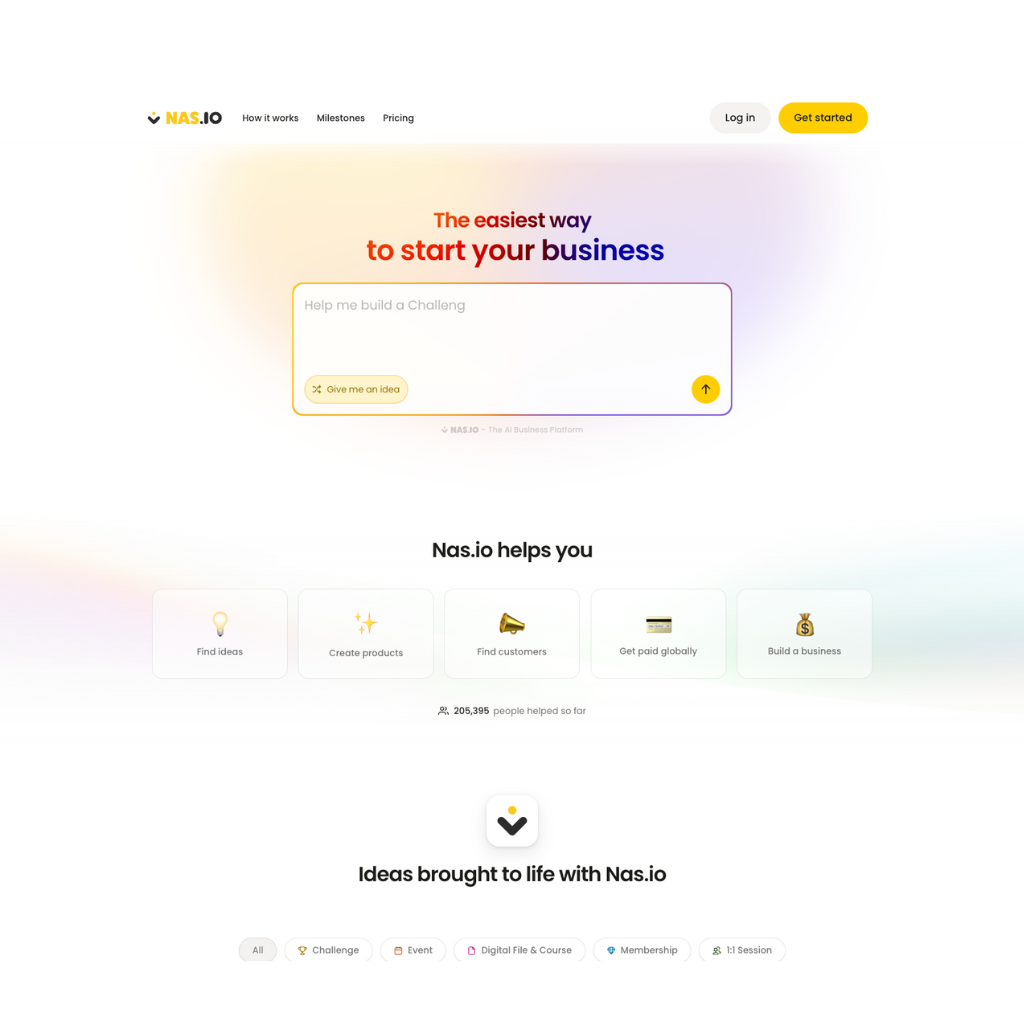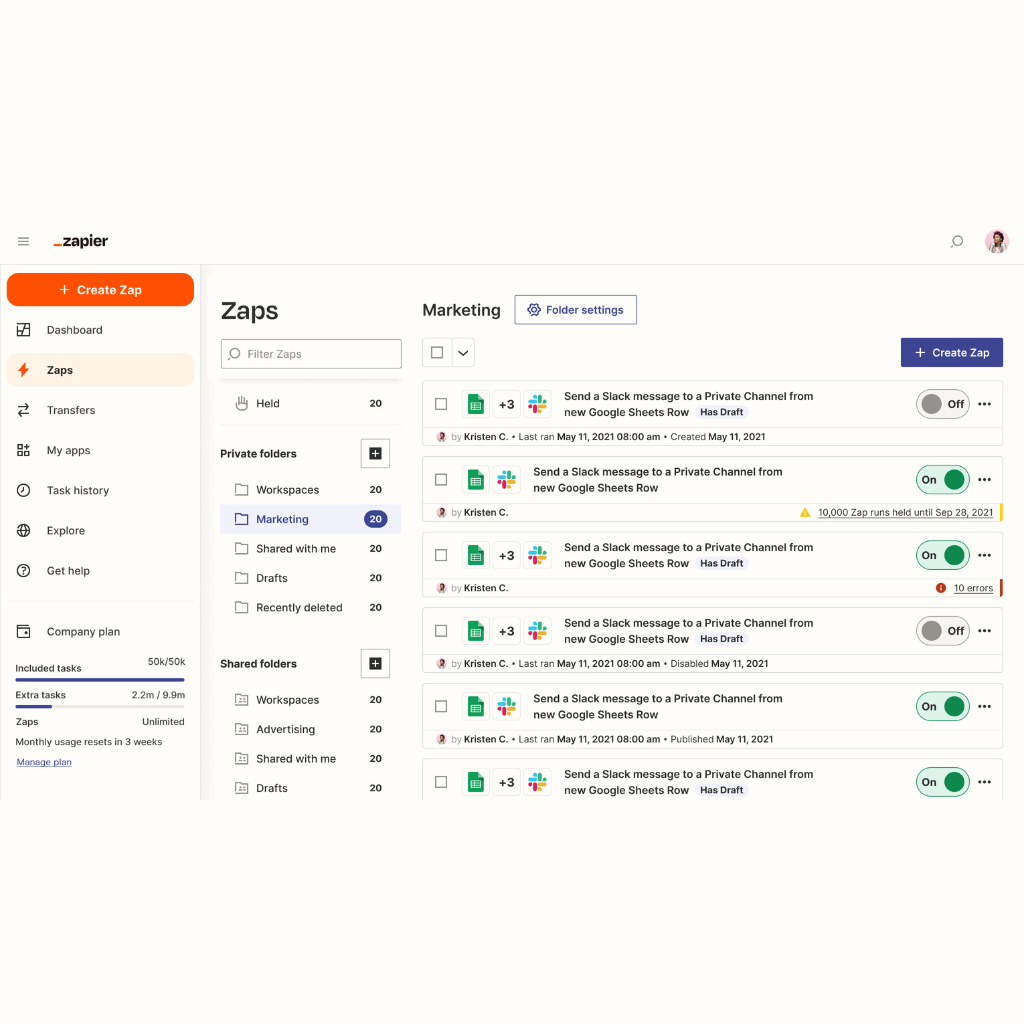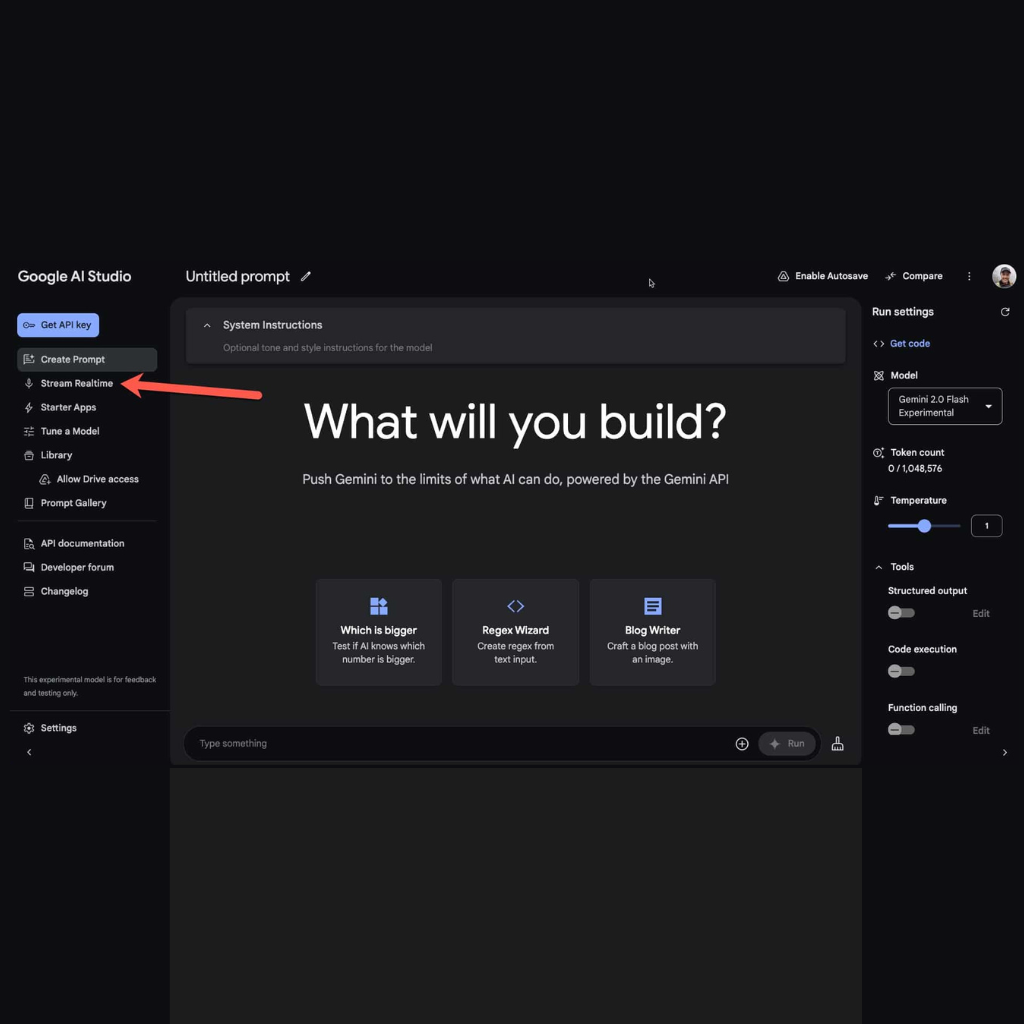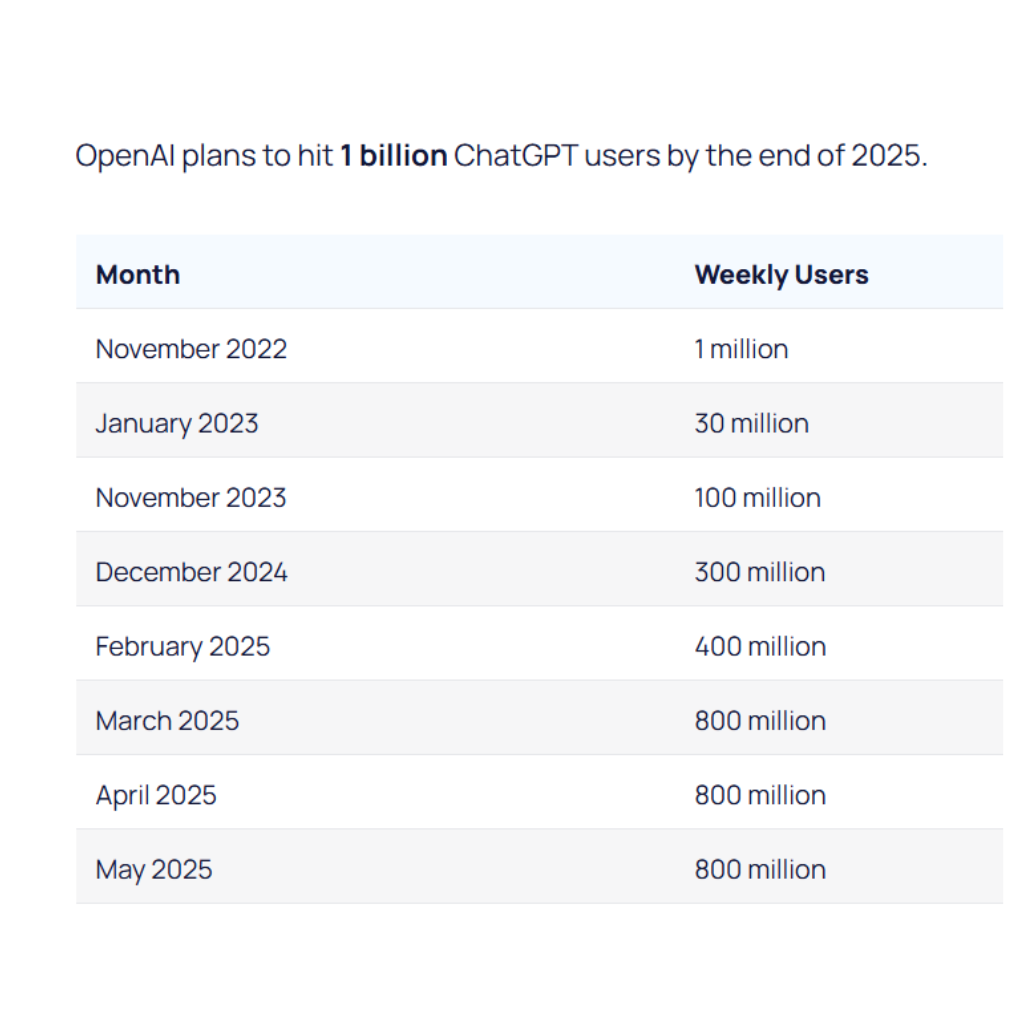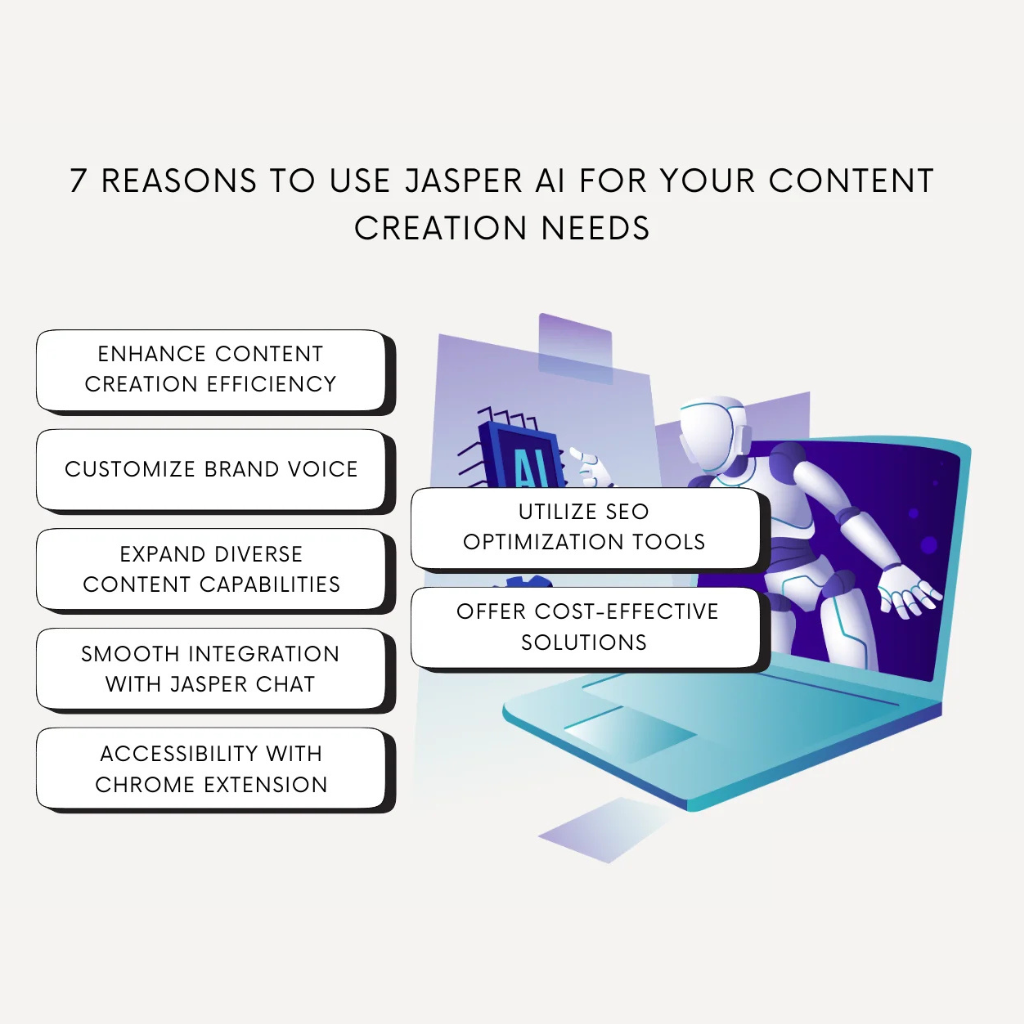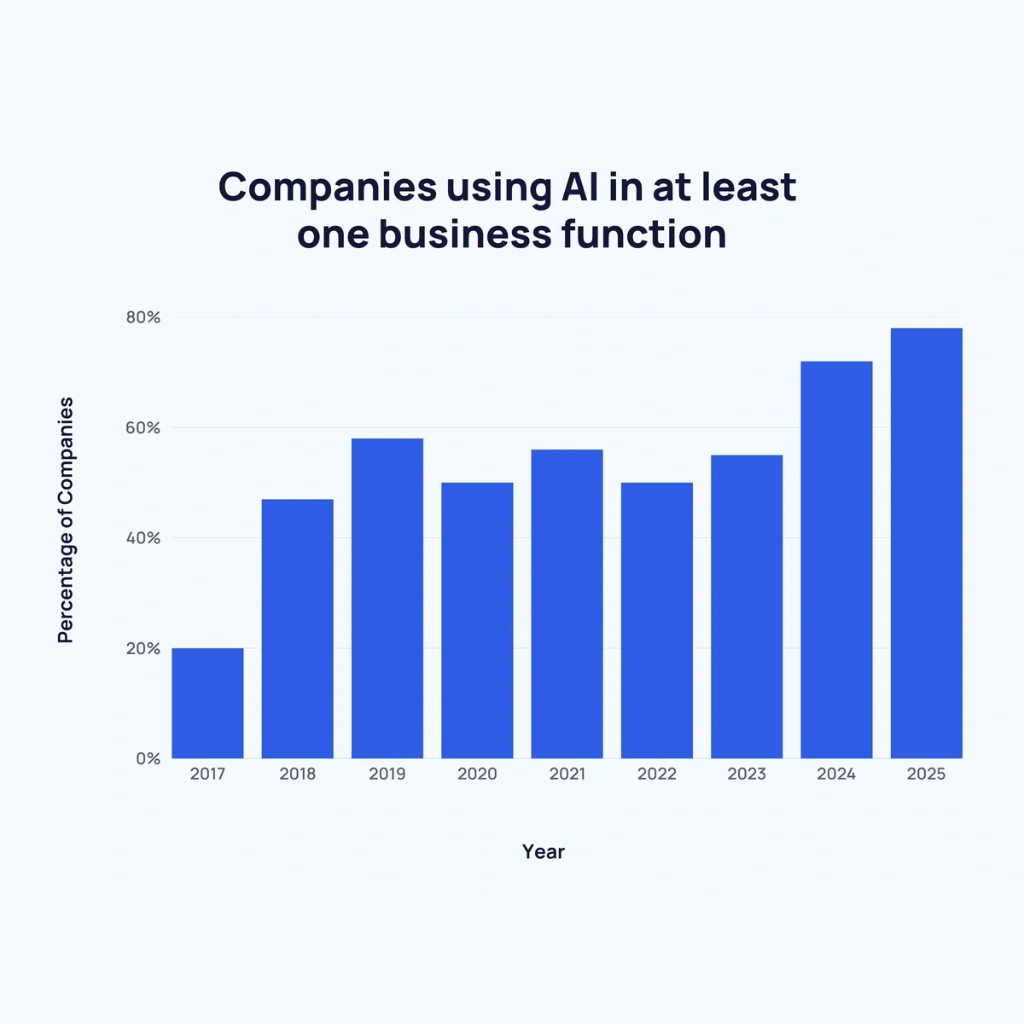Scaling Inbound Marketing in the AI Era: How to Personalize Your Strategies?
Let’s be honest, marketing today isn’t what it was just a few years ago. With AI taking center stage, inbound marketing has made a significant leap forward in 2025. There are no more generic marketing campaigns. Instead, we’re talking about campaign experiences that feel like they were tailor-made just for you, even if that “you” is one among millions. If you’re wondering how to turn AI-powered personalization from a fancy catchword to a real business game-changer, you’re in the right place!
Let’s break down what personalization actually means, why it’s such a big deal, and how you can integrate AI seamlessly into your inbound marketing strategy.
1. Why Personalization Is Non-Negotiable Now?
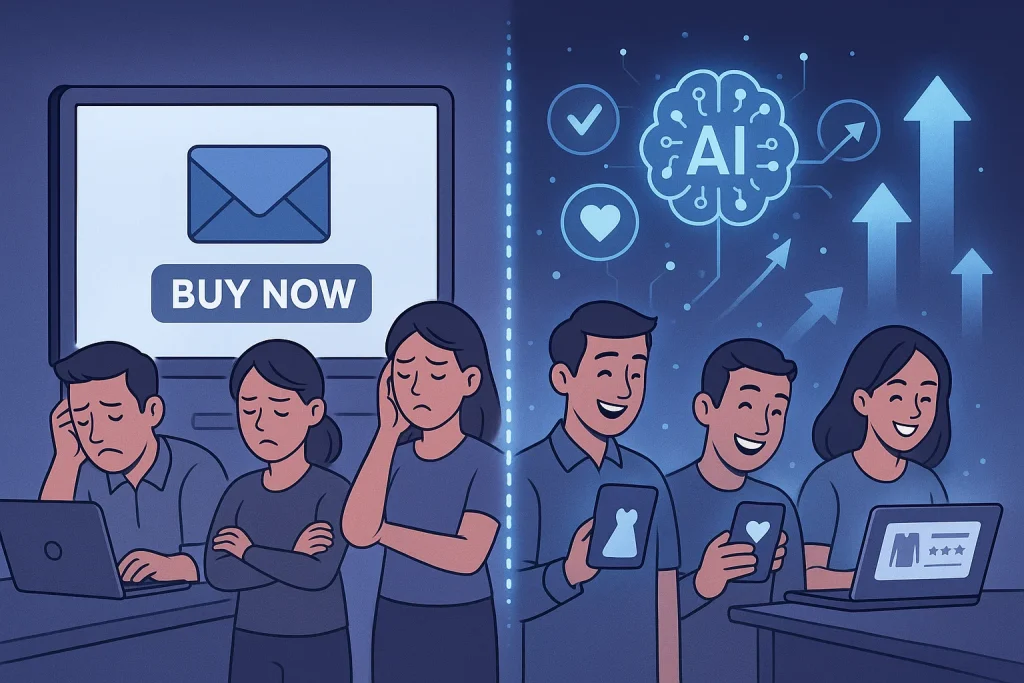
If you think that you can still do well by sending the same marketing message to everyone, you really need to do a fact check, because today’s consumers expect to be understood on a much deeper and personal level. It’s like walking into a store where the sales executive knows exactly what you want, even before you say a word.
And, research stats also back this up: 71% of customers want tailored buying experiences, while shopping, and 76% of customers feel annoyed by generic marketing messages. These stats give us a clear signal that nowadays, consumers want to feel special.
Moreover, brands that are boosting their personalization game with AI see some seriously impressive ROIs than other brands. We’re talking about up to 40% more revenue and a 25% jump in marketing ROI. It’s no surprise that customer engagement can literally double, with AI-powered personalized conversions by 70%. If that’s not a reason to invest in AI personalization, what is?
2. What Does Personalization Look Like in 2025?
Imagine you’re browsing an online store, and every webpage, every product recommendation, and every email notification you get feels like it was made with you in mind. Sounds magical, right? The same magical feel that your customers also expect from your brand.
Personalization in inbound marketing isn’t about addressing someone’s name in an email anymore. It’s about crafting real-time, dynamic customer journeys that adapt to each customer’s personal behaviour, preferences, and even their mood.
Here’s the secret strategy marketers are using:
- Dynamic Content: Create dynamic content according to the customers’ actions throughout their buying journey.
- Contextual Experiences: Change the story based on what the customer needs at the specific point of their buying journey.
- Consistent Omni-channel Approach: Whether the customers engage through email, website, social media, or even in-store, give them a smooth, coherent, and personal experience.
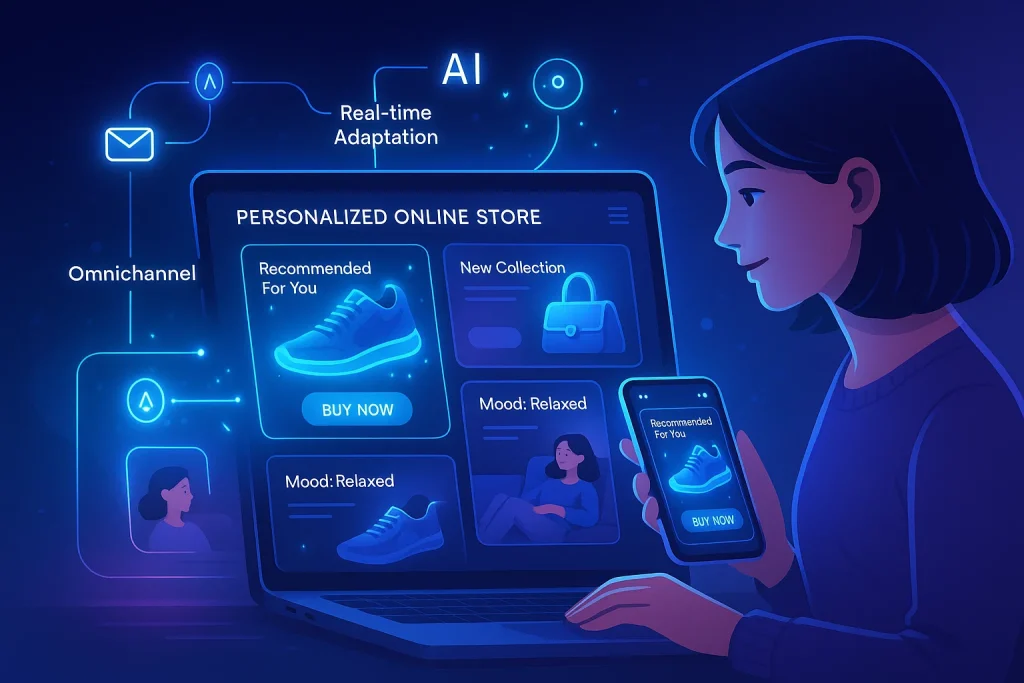
3. What Kinds of AI Tools Make All This Possible?
i) Unified Customer Data Management Tools: The Backbone
It’s often said that data is king, but this statement is true in personalization. AI tools can pull in data from everywhere, such as website visits, app activity, social engagement, purchase history, loyalty programs, etc. This helps you create a rich customer profile that’s updated constantly to give you the full picture of your customer.
ii) Predictive Analytics Tools: Seeing the Future
What’s amazing is how quickly AI can analyze huge piles of data and figure out what your customer might do next. Will they abandon their cart? Are they ready for a discount offer? Predictive analytics helps you figure out these things, so you can serve the right offer at the right time.
iii) Generative AI Tools: The Content Machine
Instead of fighting with writer’s block, marketers now turn to AI to craft personalized emails, product captions, blog posts or even video scripts. The AI writing tools create initial drafts tailored to your audience segments, which you then tweak and polish.
iv) AI Recommendation Engines: Your Personal Shopper
Ever wondered how Netflix or Amazon nails those auto suggestions? Behind the scenes, these brands use massive recommendation engines to analyze customers’ every click and interaction to offer content or products that feel handpicked just for them.
v) AI Chatbots: Your Round-the-Clock Friendly Assistant
AI chatbots no longer feel robotic. They answer questions, recommend products, and even qualify leads by working day and night to keep the conversation flowing smoothly with the customers and prospects.
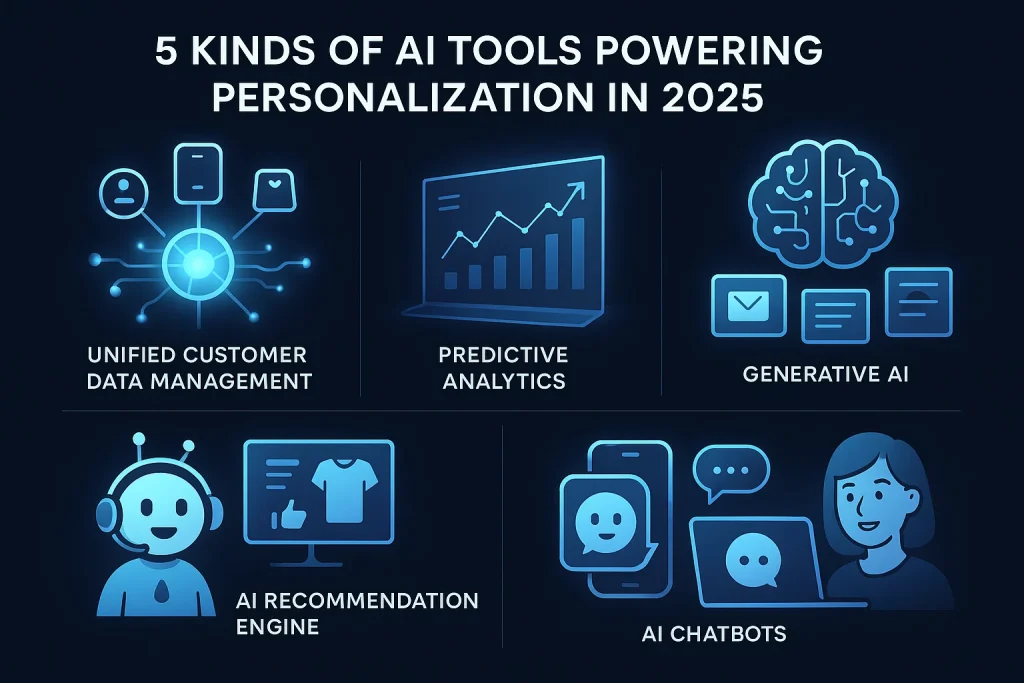
4. Brands Real-Life Wins: AI Personalization That Worked
- Netflix reportedly saves over $1 billion yearly with its ability to serve ultra-personalized viewing suggestions to its users, eventually keeping its subscribers happy and loyal.
- Starbucks’s Deep Brew AI taps into customer preferences and environmental data like the weather to propose discounts and offers that customers can’t resist.
- Adidas saw a 259% increase in average order value from new customers after employing Insider.ai’s AI segmentation tech, plus it also got a 35.5% boost for returning visitors.
- SuperAGI’s chatbot uplifted lead qualification rates by 25% and made customers 20% happier in their experience.
These are some of the few examples. Nowadays, even banks and finance companies are leveraging AI for personalized campaigns that maximize conversions while respecting regulations.
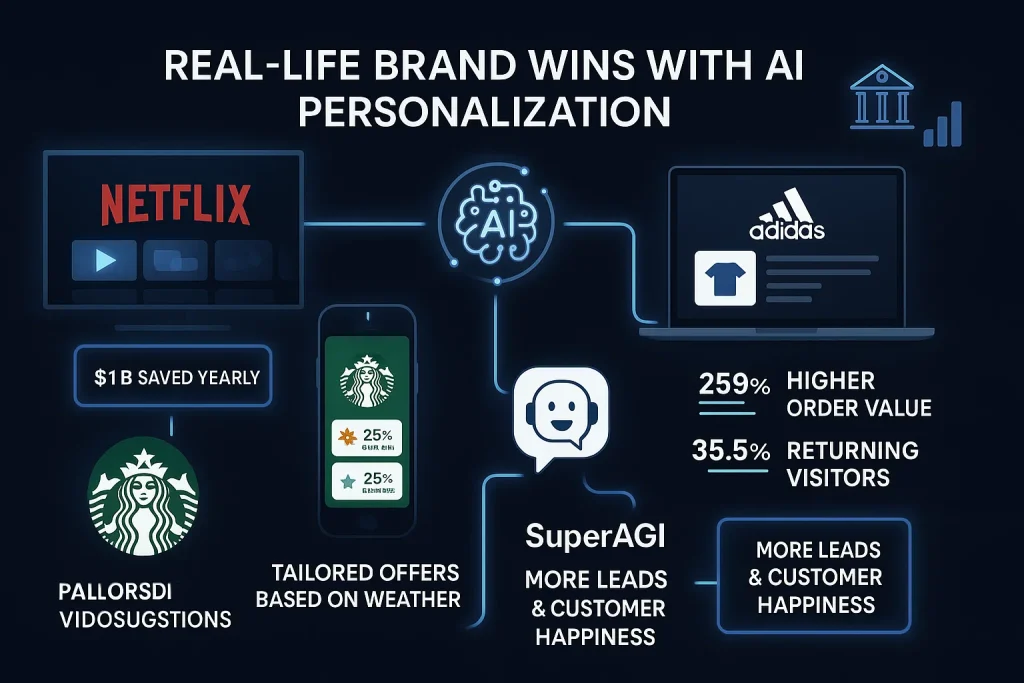
5. A Simple Blueprint to Kickstart AI Personalization Now
- Bring your customer data together. Invest in a Customer Data Platform (CDP).
- Move beyond static segments. Use AI to create micro-segments that change as your customers do.
- Predict and anticipate. Let AI forecast behaviours and suggest next-best actions.
- Automate smart content creation. Generative AI can draft personalized emails or web content to speed up your campaigns.
- Keep it consistent everywhere. Omnichannel personalization is king; sync your messaging across all customer touchpoints.
- Let AI optimize on its own. Real-time A/B testing and learning loops help your campaigns get smarter, faster.
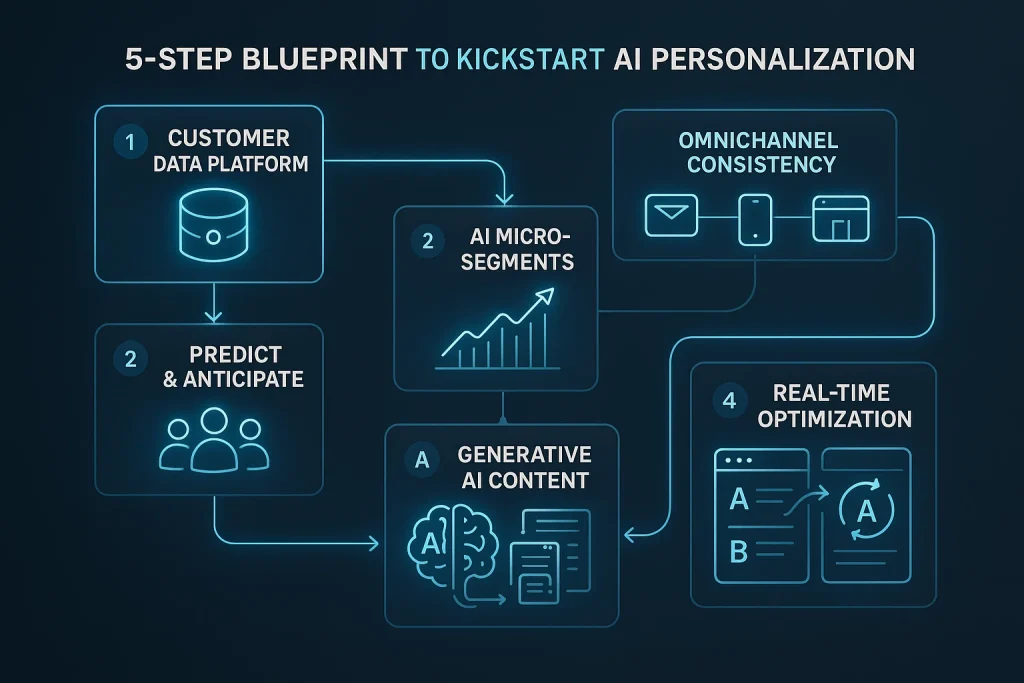
6. What’s Trending in AI-Powered Personalization?
- Websites and emails adapt instantly depending on user behaviours and even local conditions like weather.
- Multichannel inbound marketing approaches now include voice, text, visuals, and even gesture-based interactions.
- Increasingly, customers want brands to be transparent about data use and respect their privacy.
- Visual search, voice commands, and augmented reality (AR) are changing how people find and buy products.
- Explainable AI is becoming a must-have to build trust and fairness in personalization.
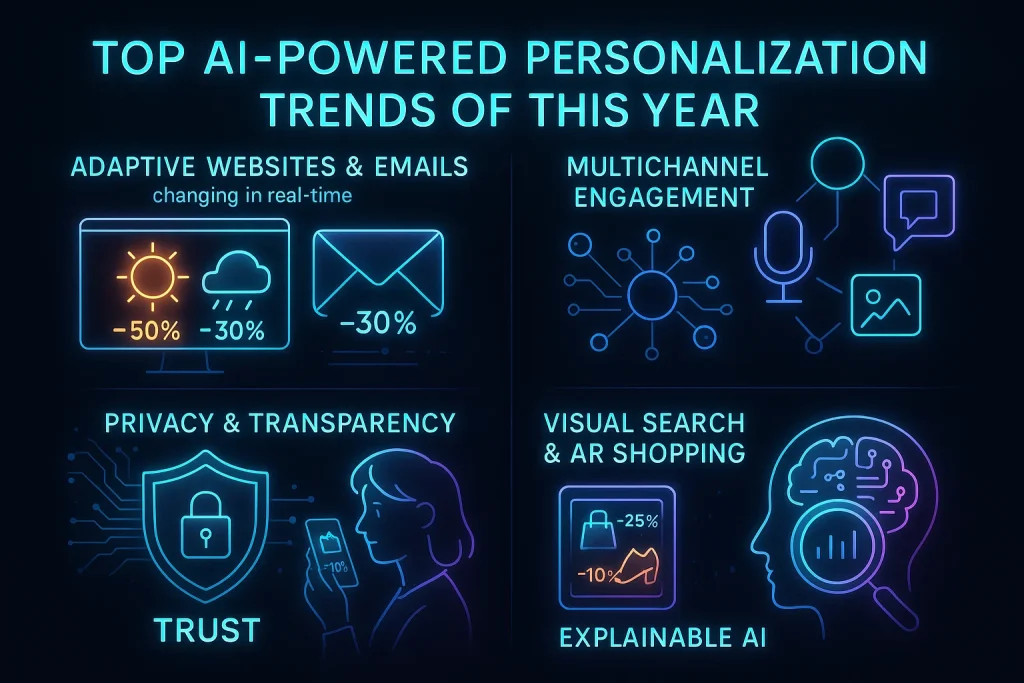
7. Beware These Common Pitfalls
The path to successful AI personalization in inbound marketing isn’t without challenges:
- Data silos limit your view. Break down the bottlenecks, unify your data for full insights.
- Don’t automate everything. Remember: empathy and human touches still matter; therefore, make sure to integrate thought leadership in your strategy.
- Privacy is king. Be crystal clear on how you use data and give customers control. Maintain proper compliance with customer data privacy.
- Stay curious. New tools evolve fast, therefore keep learning and adapting.
8. Numbers That Prove It Works
Here’s the proof for the growth of brands that are using AI-personalization:
Outcome | Impact Range | Example |
|---|---|---|
Lead Generation Increase | 20-54% | 54% boost compared to outbound only |
Conversion Rate Improvement | 15-35% | Adidas achieved a 35.5% uplift |
Average Order Value (AOV) Growth | Up to 259% | Adidas with Insider.ai integration |
Mobile Conversion Rate Increase | Up to 50% | Thanks to omnichannel strategies |
ROI Improvement | +25% average | Mature AI personalization programs |
Engagement Rates | Doubled | AI vs. non-personalized campaigns |
9. What’s Next for Marketers?
Segmented lists will give way to “micro-moments” where AI identifies subtle signals and acts fast. Generative AI will handle much content creation, while marketers focus on emotion and connection. Expect omnichannel journeys to be orchestrated like a perfectly choreographed dance, with transparency and ethics building lasting brand trust.
Final Words
If you want to stay relevant and grow in 2025, embracing AI-driven personalization in your inbound marketing approach is your ticket. It transforms every stage of your inbound marketing funnel into a powerful, customer-focused engine. Focus on smart data, agile content, consistent experience, and above all, a genuine connection with your customers, and you’ll lead the industry.
Remember, people want to feel seen, recognized, valued, and understood. AI just helps you deliver on that promise at scale.
What’s been your biggest challenge or success with using AI for personalization in your inbound marketing approach? Share your experience in the comments below!


